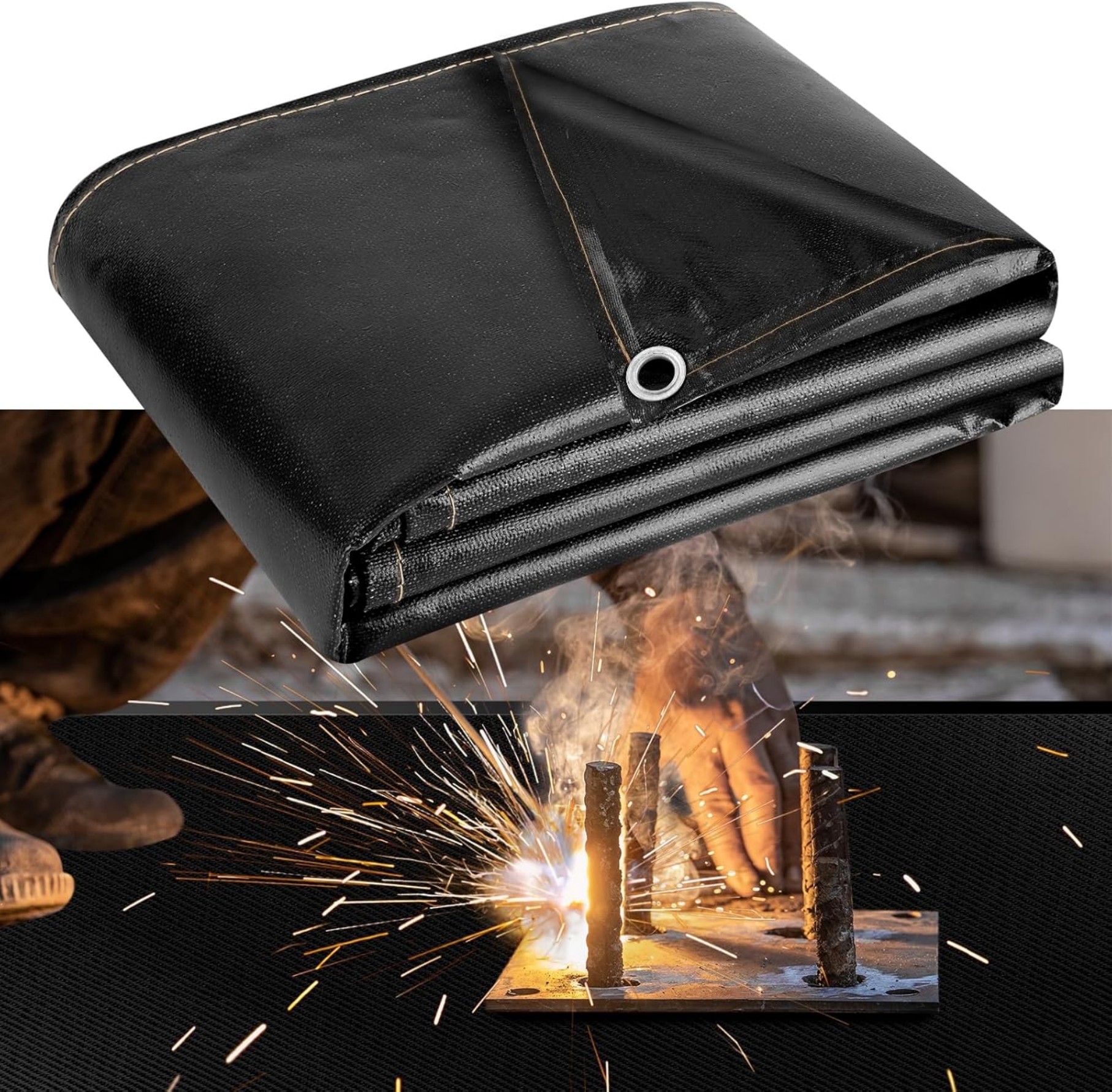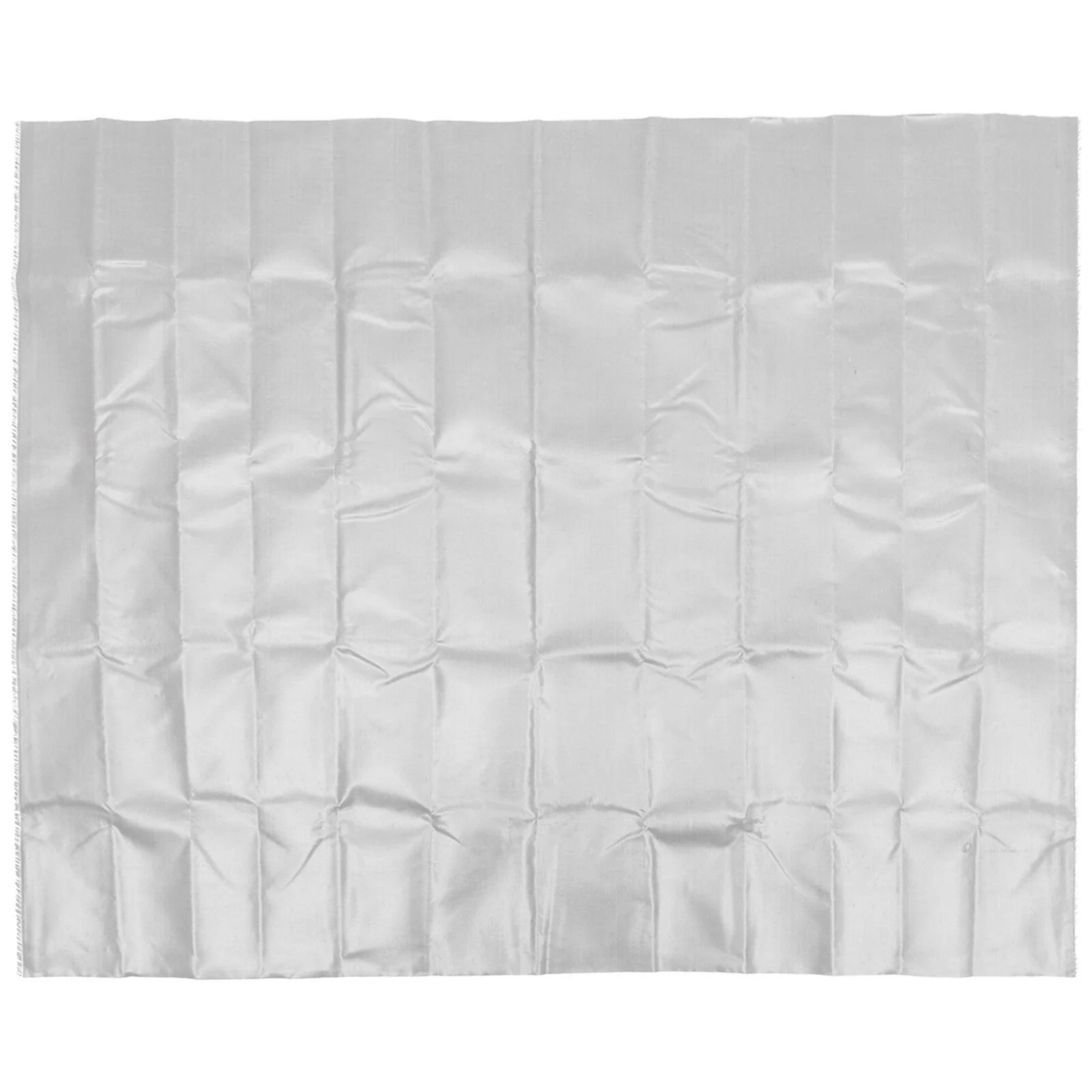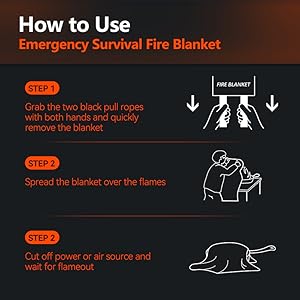How a Heated Welding Blanket Improves Welding Quality in Cold Conditions

Summary:A heated welding blanket maintains optimal temperature for welding projects in cold environments. It prevents cracks, improves weld quality, and saves time compared to traditional preheating methods. This guide explains its benefits and proper usage.
Why You Need a Heated Welding Blanket
When welding in cold conditions, metal contracts and becomes more brittle. This leads to poor weld penetration and potential cracking. A heated welding blanket solves this by maintaining consistent preheat and interpass temperatures around your workpiece.
Traditional methods like torches or furnaces often create uneven heating. The blanket wraps around your project, distributing heat evenly across the surface. You'll achieve better weld quality with less effort.
Key Benefits of Using a Heated Welding Blanket
1. Consistent Temperature Control:Most heated welding blankets maintain temperatures between 150°F to 600°F (65°C to 315°C), perfect for most welding applications.
2. Energy Efficiency:These blankets use less energy than heating entire workspaces. They focus heat exactly where you need it.
3. Safety Improvements:Unlike open flames, the blanket's enclosed heating elements reduce fire risks. Many models include automatic shut-off features.
4. Time Savings:No more waiting for torches to heat large surfaces. Just wrap the blanket and start welding when it reaches temperature.
How to Use Your Heated Welding Blanket Properly
Follow these steps for best results:
- Clean the metal surface before applying the blanket
- Wrap the blanket completely around the work area
- Set your desired temperature based on material thickness
- Allow 15-30 minutes for heat stabilization
- Monitor with a separate thermometer for accuracy
Choosing the Right Heated Welding Blanket
Consider these factors when selecting your blanket:
- Size:Measure your typical projects - blankets range from 12"x12" to 60"x80"
- Temperature Range:Match to your most common welding materials
- Power Source:Electric models offer most control, while some use propane
- Durability:Look for fiberglass or ceramic fiber construction
Maintenance Tips for Longevity
To keep your heated welding blanket working well:
- Store rolled, not folded, to prevent element damage
- Clean with compressed air after each use
- Inspect heating elements monthly for wear
- Replace damaged insulation immediately
Common Applications

Heated welding blankets work best for:
- Pipeline welding in cold climates
- Shipbuilding and offshore repairs
- Heavy equipment maintenance
- Structural steel work in winter
- High-carbon steel welding
Safety Precautions
Always remember:
- Never leave operating blankets unattended
- Keep away from flammable materials
- Wear insulated gloves when adjusting
- Check for electrical damage before each use
- Follow manufacturer's temperature limits
Investing in a quality heated welding blanket improves your weld quality while saving time and energy. It's an essential tool for any welder working in variable temperatures. Choose the right model for your projects and follow proper usage guidelines for best results.






